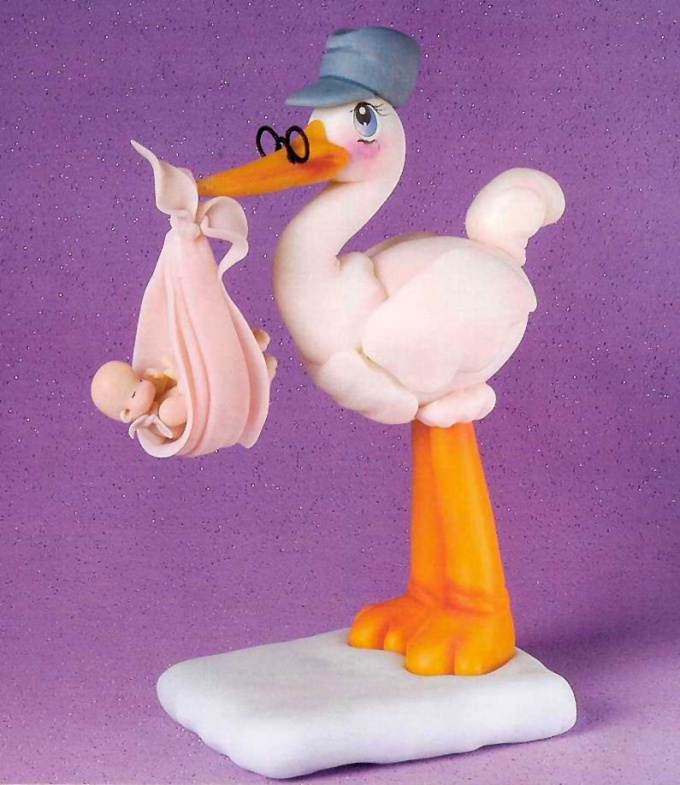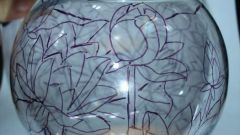You will need
- - acrylic paint;
- - dishwashing detergent or alcohol;
- - acrylic primer or varnish;
- - brush and sponge;
- stencil;
- water;
- - thinner;
- - PVA glue;
- - talc;
- is a dry pigment;
- - palette;
- - pearl powder.
Instruction
1
Fashioned product in a furnace anneal according to the rules, so as to cover with paint after that. Clean with dishwashing detergent or wipe with alcohol.
2
If possible, apply several layers of acrylic primer to later paint better lay down and do not exfoliate. Instead of the primer coating plastic varnish, and wait until it dries.
3
Prepare materials for a good acrylic paint (preferably tubes "sonnet", or acrylics for ceramics and glass), several soft brushes, water for dilution. Additionally, you may need a slow drying PVA glue.
4
If you have a drawing, make a stencil. To do this, print the pattern on paper and carefully cut out the outline from the inside. Better yet, make a stencil from thick film, it can be used several times. Attaching it to the product, you will paint only the inner part, within the boundary.
5
The paint is too thick dilute with water or diluent, in the liquid, add the PVA glue, talcum powder or hold an open jar of paint a few days, stirring continuously. Too transparent paint, add some dry pigment and mix thoroughly.
6
As a palette, use a disposable plate or plastic white surface. You can mix different color and with a sponge or brush to apply them on the product. Don't forget immediately after work wash brush – acrylic dries very quickly and spoils them.
7
To create a metallic or iridescent effect products made of plastic, add to the paint a little pearl powder. It can be added even at the stage of modeling. Despite the fact that the powder is quite expensive, a small jar will be enough for a long time.
8
If you are creating products from polymer clay or plastic material in large quantities and you constantly need to apply paint with smooth transitions (for example, when painting dolls), use the spray can.


